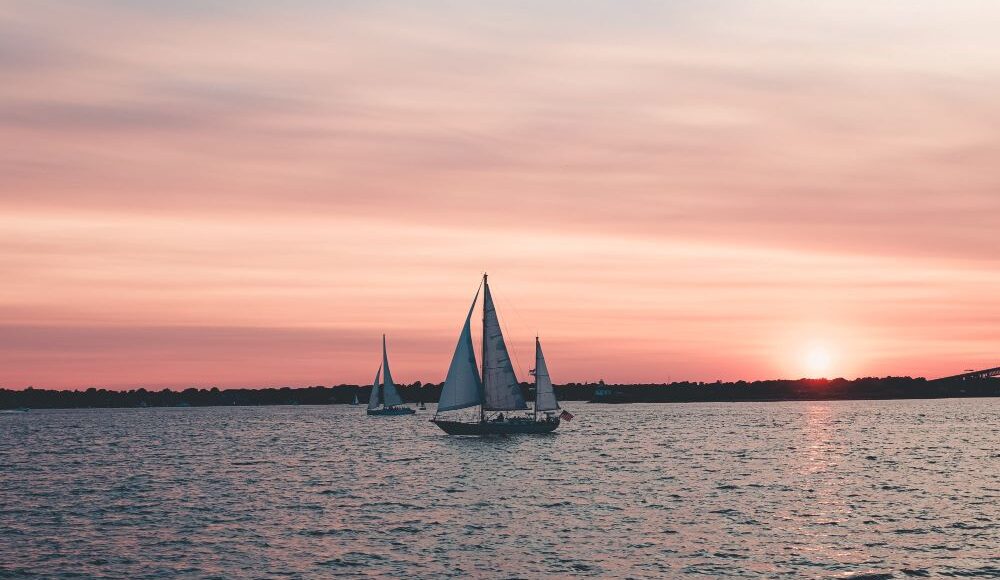What Are the Types of Sailboats and How Are They Classified?

Choosing the right sailboat starts with understanding the different designs available. The world of sailing is diverse. Sailboats vary by size, structure, and performance. Knowing the main types of sailboats helps you match a boat to your skills, sailing goals, and preferred waters. Reviewing a comprehensive types of sailboat list can make it much easier to compare features, performance, and ideal use cases.
This guide explains how sailboats are classified by mast and rig configurations, as well as by hull numbers. It also includes advice on selecting the best option for your needs.
Types of Sailboats by Hull and Mast Configuration
One of the key ways to classify different types of sailboats is by their rigging setup — the number of masts and how their sails are arranged. Rig configuration affects how a boat handles, how fast it can go, and how complex it is to sail. Understanding the main types of sailboat hulls will also help you evaluate how each design affects speed, stability, and onboard space.
Sloop Sailboats: Single Mast Design
Sloops are the most common rig among the types of sailboats for beginners. A sloop has a single mast with two sails — a mainsail and a headsail (usually a jib or genoa).
Their simple design makes them easy to operate, cost-effective to maintain, and efficient in upwind conditions. They are agile, responsive, and ideal for learning sail handling, which is why many sailing schools use them. If you want a straightforward platform to build your skills, a sloop is the best type of sailboat for beginners.
Cutter Sailboats: Features and Benefits
Cutter sailboats also have a single mast but carry two headsails: a staysail and a jib. This split rig balances the sail area more evenly and allows better performance in heavy weather.
Cutter rigs are especially useful for long-distance cruising because they provide flexible sail combinations and improved control. They require more lines and winches, so they are slightly more complex than sloops, but they offer greater stability in rough conditions.
Ketch Sailboats: Two-Mast Configuration
A ketch has two masts: a taller mainmast forward and a shorter mizzenmast aft of the main cockpit. The extra mizzen sail distributes power across more sails, reducing individual sail size and loads.
This configuration makes ketches easier to handle on long passages, particularly with smaller crews. They offer good balance, multiple sail plan options, and often have more interior space, making them popular for bluewater cruising.
Types of Sailboats by Number of Hulls
Hull design is another major way to group types of sailboats. The number of hulls affects speed, stability, and interior space. The three main categories are monohulls, catamarans, and trimarans.
Monohull Sailboats: Single Hull Design
Monohulls are the traditional and most widely used sailboats. They have a single hull and rely on ballast for stability, which makes them heel (lean) under sail.
They handle waves well and perform efficiently upwind. Monohulls are responsive, offer a classic sailing feel, and are often the top choice for racing or offshore cruising. Many options in the Sailingboats for Sale listings are monohulls, reflecting their enduring popularity.
Catamaran Sailboats: Twin Hull Advantages
Catamarans have two hulls connected by a bridge deck. This wide stance gives them excellent stability and large deck space. They rarely heel, which makes life aboard more comfortable.
They also draw less water, allowing access to shallow bays. Their speed is impressive off the wind, though they are less efficient upwind. Catamarans are favored for leisure cruising and charters, with spacious cabins and living areas ideal for groups. Explore current Sailingboats for Charter to see how versatile they can be.
Trimaran Sailboats: Three Hull Performance
Trimarans feature a central main hull with two smaller outrigger hulls (amas) on each side. This design offers exceptional speed and stability. They are lightweight and can reach high speeds, especially on downwind courses.
However, interior space is limited compared to catamarans. Trimarans appeal to sailors who value performance over comfort and are often used in offshore racing.
Which Type of Sailboat Should You Choose?
Selecting the right boat depends on your sailing experience, crew size, and how you plan to use it.
- For beginners or sailors who want simplicity, a sloop offers the easiest learning curve.
- For long-distance voyaging and heavy-weather reliability, a cutter or ketch provides flexibility and balance.
- For comfort-focused cruising and living aboard, a catamaran offers the most space and stability.
- For sport-oriented sailors seeking speed, a trimaran delivers the highest performance.
Consider where you plan to sail. Coastal cruising calls for different handling than ocean passages. Also think about maintenance — more complex rigs and multihulls generally cost more to upkeep.
Find Your Perfect Sailboat at Aganta!
We’ve outlined the main types of sailboats, from classic monohull sloops to high-performance trimarans. Each type has distinct handling, space, and maintenance profiles.
At Aganta, we help you find a sailboat that matches your experience level, sailing goals, and lifestyle. Whether you want a compact sloop to learn the ropes or a spacious catamaran for family cruising, our Sailingboats for Sale and Sailingboats for Charter portfolios offer a wide range of options.
With expert guidance, you can choose confidently — and focus on what matters most: getting out on the water.



